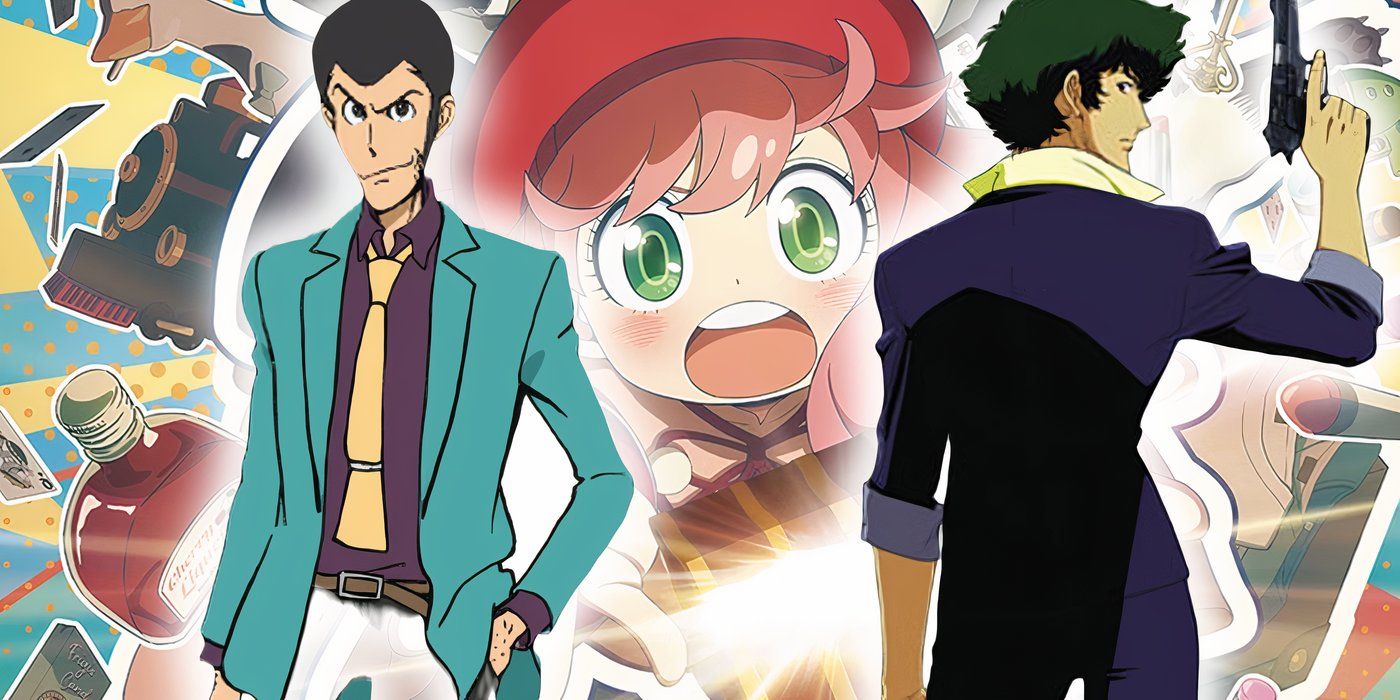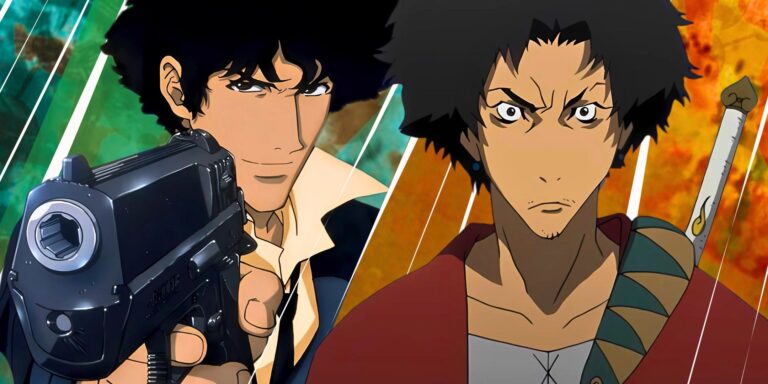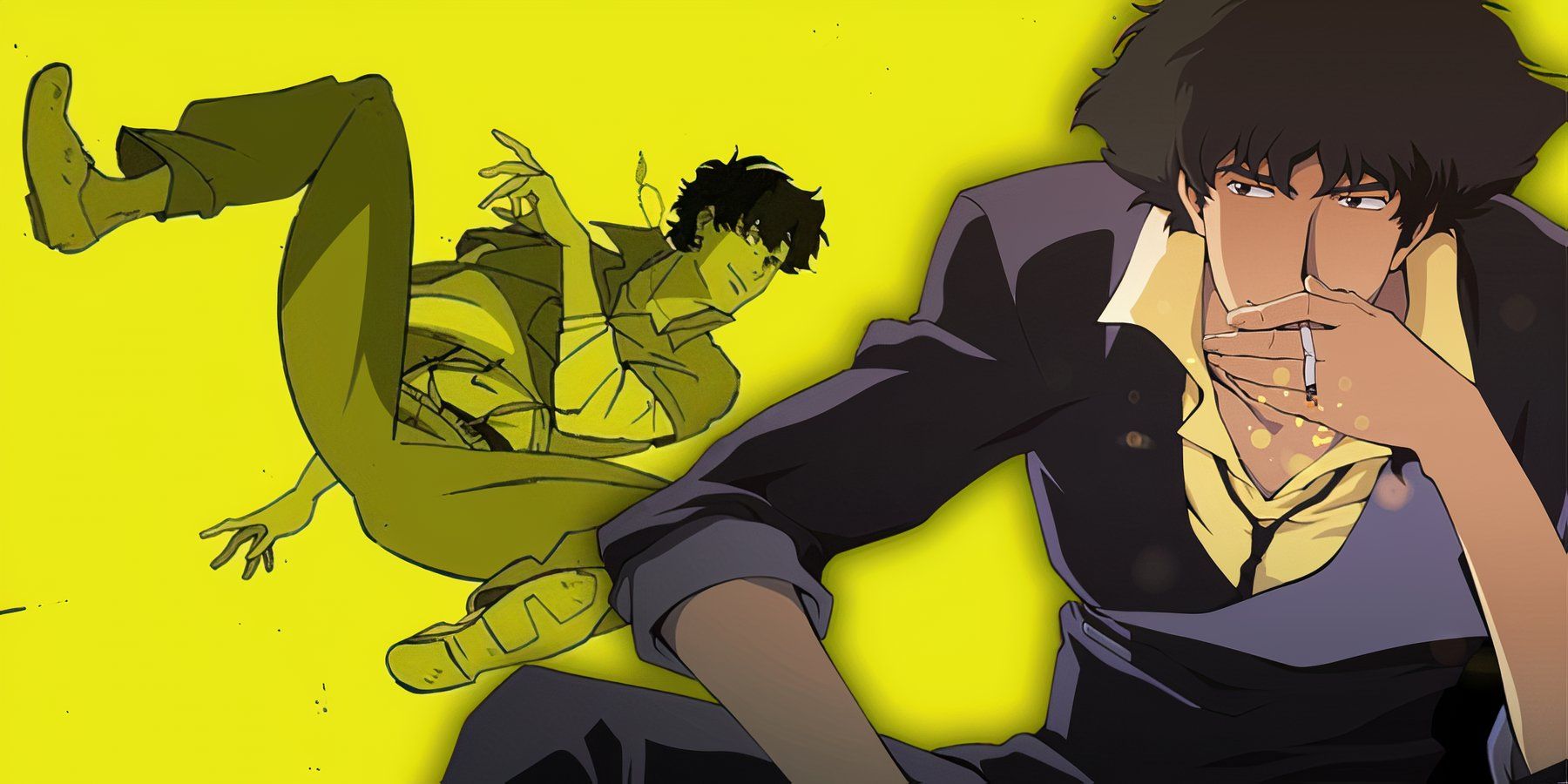Anime is commonly synonymous with the daring and the bombastic: superpowers, intricate mythologies, and tales that push the bounds of fantasy. However generally, greatness comes within the guise of an old school crime caper. Shinichiro Watanabe, the visionary creator behind Cowboy Bebop and Samurai Champloo, has lengthy been celebrated for his genre-defying storytelling. In a 2019 Reddit AMA, he shared a revelation that sheds gentle on the roots of his artistic journey, providing followers a uncommon glimpse into the anime that began all of it for him.
When requested about his favourite anime, Watanabe didn’t hesitate. “The primary Lupin the Third sequence is my all-time favourite,” he replied. That sequence, which first aired in 1971, marked a turning level in Japanese tv animation. Trendy, humorous, and bursting with power, it wasn’t fairly like something that got here earlier than. For Watanabe, it left a deep impression, one which continues to echo all through his profession. “I used to be drawn to the coolness, the jazz-like rhythm,” he as soon as advised the press. “Lupin was my gateway to the world of grownup animation.”
The Manga That Grew to become a Milestone
Miyazaki and the Shift in Tone
Lupin the Third started life as a manga by Monkey Punch in 1967. Taking free inspiration from the well-known gentleman thief from French literature, Monkey Punch reimagined Arsene Lupin as a chain-smoking, womanizing antihero surrounded by equally iconic companions: gunman Daisuke Jigen, stoic swordsman Ishikawa Goemon, and femme fatale Mine Fujiko. The tales had been brash, lewd, and humorous. When the Lupin manga made the leap to animation in 1971, the TV sequence introduced this roguish crew to life with daring colours, groovy music, and a wink on the grownup viewers. The present ran for 23 episodes and ended up laying the muse for a franchise that is still running today.
The sequence’ tone shifted halfway by way of its broadcast. After considerations over violence and low rankings, unique director Masaaki Osumi was changed by two younger skills from Toei Animation: Hayao Miyazaki and Isao Takahata. Below their steering, the present leaned into extra playful, ingenious tales that appealed to households and softened Lupin’s extra cynical edges. In response to a 2003 interview, Miyazaki described the transition as “an experiment to discover a center floor between grownup subject material and childlike surprise.” Miyazaki’s fingerprints are unmistakable within the extra whimsical episodes, hinting on the Ghibli type to come back in addition to his personal 1979 feature, Lupin the Third: The Castle of Cagliostro.
Cowboy Bebop’s Religious Predecessor
A Legacy of Model and Subversion
Watanabe’s Cowboy Bebop, launched in 1998, is widely regarded as one of the greatest anime series of all time. However its debt to Lupin the Third isn’t acknowledged instantly. Like Lupin, Spike Spiegel is an outlaw with a mysterious previous and a devil-may-care perspective. His crew—Jet, Faye, Ed, and Ein—mirrors the ensemble dynamic that made Lupin’s staff so compelling. Even the jazz-inflected soundtrack by Yoko Kanno echoes the cool, improvisational vibe of the unique Lupin rating by Takeo Yamashita. In Lazarus, Watanabe’s latest series, those self same qualities return, filtered by way of a near-future dystopian lens.
In interviews, Watanabe has usually described his storytelling strategy as one which blends “construction with shock.” That precept is alive and properly in Lupin the Third, the place slapstick comedy collides with moments of real pathos. The present’s willingness to interrupt its personal guidelines, shifting tone, altering tempo, and subverting expectations, helped Watanabe see anime as a versatile, dwelling medium. “Lupin wasn’t afraid to be foolish or critical,” he as soon as remarked. “That freedom is what impressed me essentially the most.” As we speak, that affect could be traced throughout not simply his work, however the bigger panorama of contemporary anime.
Lupin’s Enduring Legacy
The Dream Undertaking That Might Be
In 2025, the Lupin franchise continues to evolve. Director Takeshi Koike’s latest movie, Lupin The Third: The Immortal Bloodline, options his signature sharp-edged type and dives deep into Lupin’s psychological scars and origins. In the meantime, reruns of basic Lupin TV specials stay widespread, and new manga facet initiatives purpose to cater to each longtime followers and newcomers. The sequence’ flexibility, its capacity to shift tone, period, and visible type, stays its biggest power. Greater than 50 years later, Lupin is still finding ways to surprise.

Associated
10 Best Anime Movies To Watch After Spy x Family Code: White
Followers who liked Spy x Household Code: White will love many extra action-packed and heartfelt anime films.
Might Watanabe in the future helm his personal Lupin story? It doesn’t appear out of attain. In recent times, the franchise has welcomed visitor administrators with distinctive kinds. Watanabe’s mixture of music, melancholy, and razor-sharp visible rhythm would make him a pure match. “If the chance got here, I’d have to consider it severely,” he as soon as mentioned, solely half-jokingly. Till then, followers can benefit from the ongoing dialog between Lupin and Bebop, a dialogue that has performed out throughout a long time by way of type, sound, and swagger.


